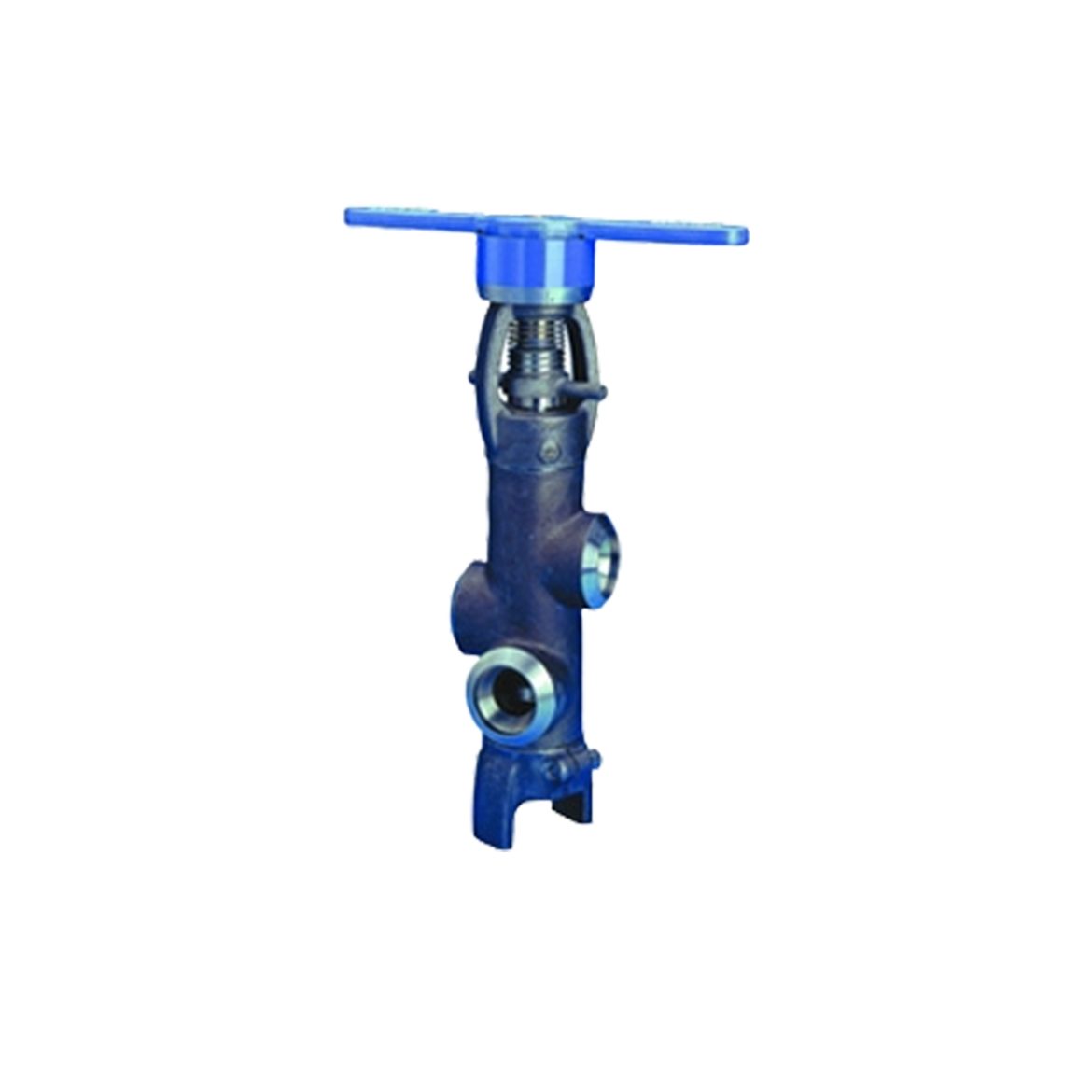How does 3-way mixing & diverting work?
A 3-way mixing and diverting valve uses a single actuator to control flow between three ports. It either mixes two inlets into one outlet or diverts one inlet to two outlets, depending on the application. This allows precise control of temperature, pressure, or flow within a system.
Advantages of 3-way mixing & diverting...
• Combines or splits flow
• Reduces valve count
• Space-saving design
• Precise temperature control
• Versatile system integration
• Low maintenance
• Reduces valve count
• Space-saving design
• Precise temperature control
• Versatile system integration
• Low maintenance
Technical Parameters:
PN10, PN16, PN25, PN40, PN63, PN100, CL150, CL300, CL600 (up to ANSI 600/LB 600)
From –196 °C up to +550 °C (some models rated to +450 °C or +550 °C depending on materials)
DN15–DN200 (⅜″–8″); some up to DN600 (24″)
Carbon steel, stainless steel, bronze, alloy steels (chrome‑moly, duplex) & cast iron
Industry Application:
Media Type:


.png)
.png)















